Features > Property News & Insights > Market updates
Melbourne rises as first-home buyer capital amid affordability crunch
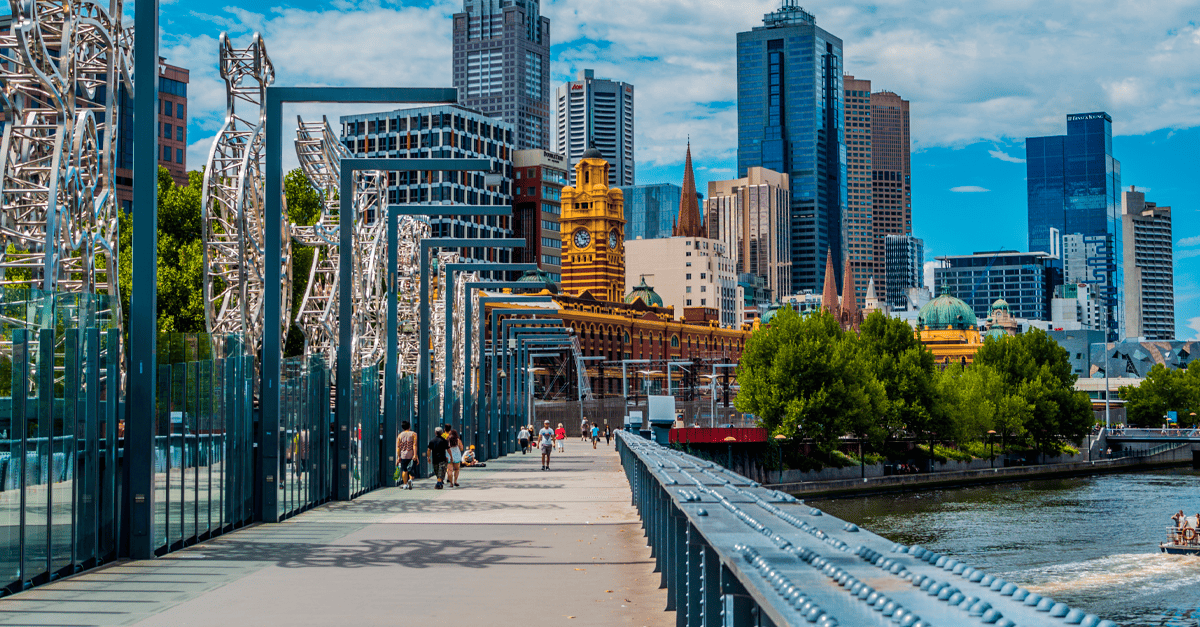
KEY POINTS
- PropTrack data shows nearly half of Australia’s first-home buyer “hotspots” are in Melbourne, led by Dandenong, Brunswick, Coburg and the Darebin LGA
- PropTrack says Melbourne’s relative affordability, versus faster-growing Brisbane, Adelaide and Perth, makes it the nation’s current first-home buyer “hub”
- First-home buyers still face steep hurdles, with nearly six years needed to save a 20% deposit and higher mortgage costs leaving average earners able to afford under one-fifth of homes sold last year
Melbourne has emerged as Australia’s first-home buyer capital, with data showing the city dominates the list of hotspots where younger Australians are trying hardest to get their foot on the property ladder.
According to research from the Commonwealth Bank and REA Group’s PropTrack, almost half of the nation’s most active first-home buyer suburbs are located in Melbourne – underscoring the city’s affordability compared to other capitals, despite well-publicised challenges around housing costs.
“Four of the top five first-home buyer hotspots – areas with the highest concentration of first-home buyers searching relative to other buyers – are located in Melbourne, with almost twice as many first-home buyers as is typical across Australia,” PropTrack Senior Economist Angus Moore says.
PropTrack says the Dandenong area in Melbourne’s outer south-east, which includes rapidly growing suburbs like Dandenong South and Lyndhurst, saw the most searches on realestate.com.au from first-home buyers.
This was closely followed by the Brunswick - Coburg area in the city’s inner north (taking in the suburbs of the same name), Darebin - North (Reservoir, Preston and Kingsbury) and Moreland - North (Pascoe Vale, Glenroy, Fawkner, Coburg North and Oak Park).
Further down the list are areas further from the Melbourne CBD: Casey - South, Wyndham, Whittlesea - Wallan, Knox, Casey - North and Maroondah.
“Of the top 20 areas, nearly half are in Melbourne’s outer suburbs,” Angus Moore says.
Why Melbourne?
The PropTrack-CommBank First-Home Buyers Report finds the concentration of first-home buyers in Melbourne reflects the city’s relative affordability compared to other capitals, where prices have surged in recent years.
“A median-priced home in Melbourne is now cheaper than in Adelaide, Brisbane or Perth, following very strong growth in those cities over the past five years,” Angus Moore says.
“Even just comparing detached houses in Melbourne to those in Brisbane, the median price is lower.”
That affordability edge means more Melbourne homes fall under the price caps for the Federal government’s Home Guarantee Scheme, which allows eligible buyers to purchase with as little as a 5% deposit.
New lending data backs this up, with Victoria recording the highest share of new loans going to first-home buyers among the states and territories.
Hurdles remain
Despite Melbourne’s relative affordability advantage, PropTrack’s Angus Moore says that first-home buyers across the country still face enormous hurdles getting on the property ladder.
“The two key factors first-home buyers face are saving a deposit and servicing a mortgage,” he explains.
“An average income household would need to save for the equivalent of 5.9 years to save a 20% deposit for a median-priced home,” Moore says.
This deposit hurdle has grown worse over the past 12 months, as house prices have continued to climb.
Mortgage serviceability is also a key barrier.
The rapid rise in interest rates between 2022 and 2023 left affordability at the lowest level on record for households of all incomes.
While the Reserve Bank of Australia has since cut the cash rate three times, conditions remain extremely difficult.
“A typical-income prospective first-home buyer household (defined as one aged 25-39 and renting) earns $129,000,” Angus Moore says.
“In the past year, they could afford to service the mortgage on just 17% of homes that were sold – the lowest on our records since 1995.”
By comparison, existing homeowners with a mortgage could afford around one-third of properties sold over the past year.
How buyers are managing
Despite these challenges, PropTrack’s data shows there were more first-home buyers active in the past year than during most of the 2010s.
Angus Moore says this is a sign younger Australians are adapting to affordability pressures and finding creative ways to buy.
“Taking advantage of government grants, low-deposit schemes, and Lenders Mortgage Insurance can enable first-home buyers to overcome the deposit hurdle and buy sooner,” he says.
“Buying newly built, or ‘rentvesting’, are also strategies some are implementing to overcome challenging affordability.”
Flexibility on location and dwelling type is also a crucial factor.
Many first-home buyers are prioritising apartments or more affordable outer suburbs in order to make repayments manageable.
Angus Moore also highlights another force driving activity: worsening rental conditions.
With vacancy rates sitting well below 3% (the industry benchmark which indicates a so-called “balanced” market) across most capitals, renting has become a financial and emotional burden for many households.
“Difficult rental market conditions are likely encouraging capable renters to move into homeownership sooner than they might have otherwise,” Mr Moore says.
Recent government support schemes have also played a role in tipping more households into buying.
The outlook
Looking ahead, PropTrack Senior Economist Moore says there are reasons for cautious optimism.
“The good news for first-home buyers is that mortgage rates are falling and are currently expected to decrease further across this year,” he says.
“This will reduce mortgage costs and start to help make a larger share of homes more affordable, even as home prices are expected to continue to grow.”
But he acknowledges lower borrowing costs will also act as a stimulus for home prices, intensifying competition for entry-level properties and making deposits harder to save.
Given its relative affordability compared with other capitals, Melbourne is likely to remain the nation’s first-home buyer hub.
While affordability challenges are still severe, the combination of easing mortgage rates, government support, and a wider pool of eligible homes under price caps currently gives Melbourne first-home buyers a better shot than their counterparts in Brisbane, Adelaide or Perth.
Stay Up to Date
with the Latest Australian Property News, Insights & Education.




.png?width=292&height=292&name=Copy%20Link%20(1).png)
 SIGN UP FOR FREE NEWSLETTER
SIGN UP FOR FREE NEWSLETTER
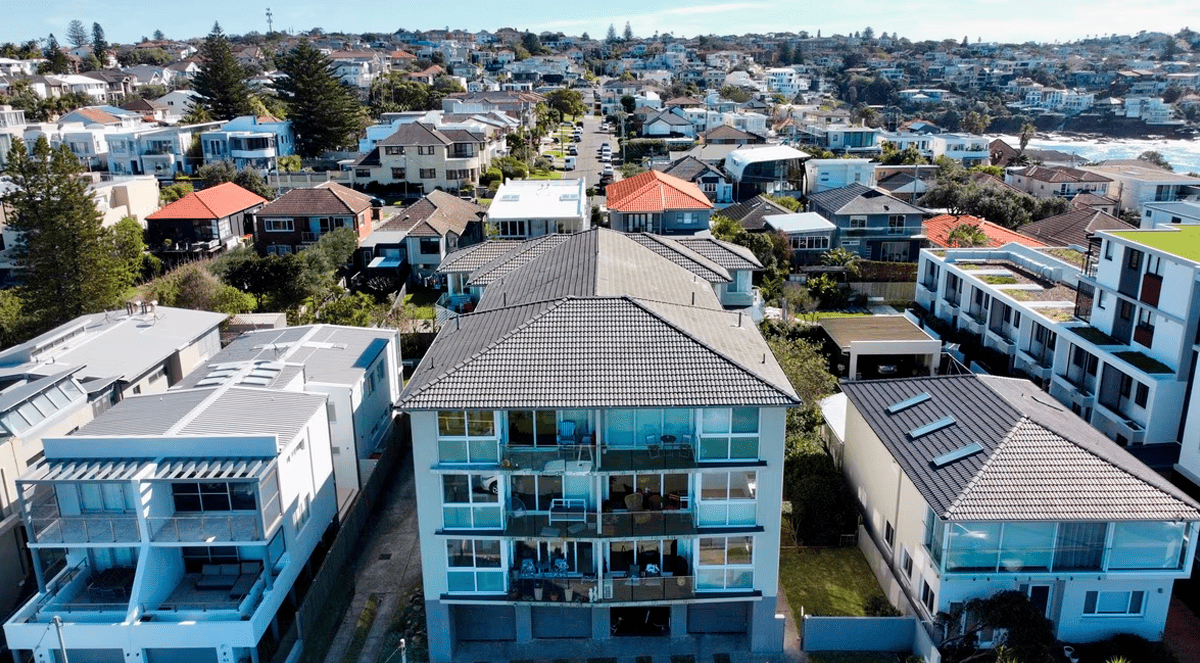
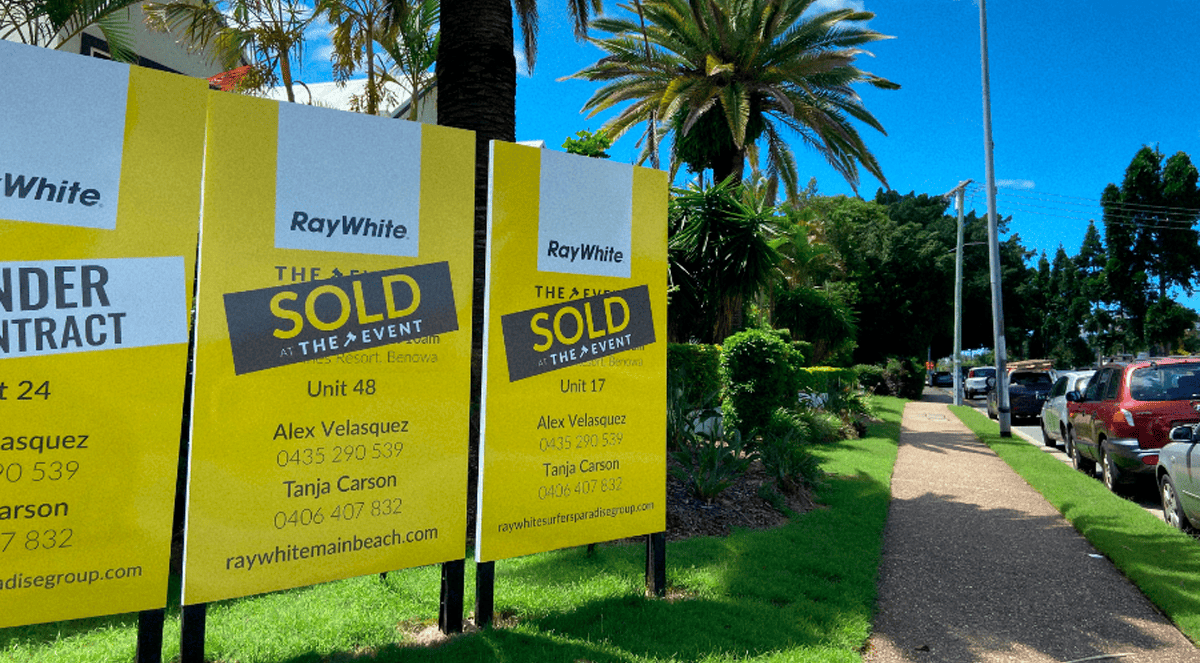
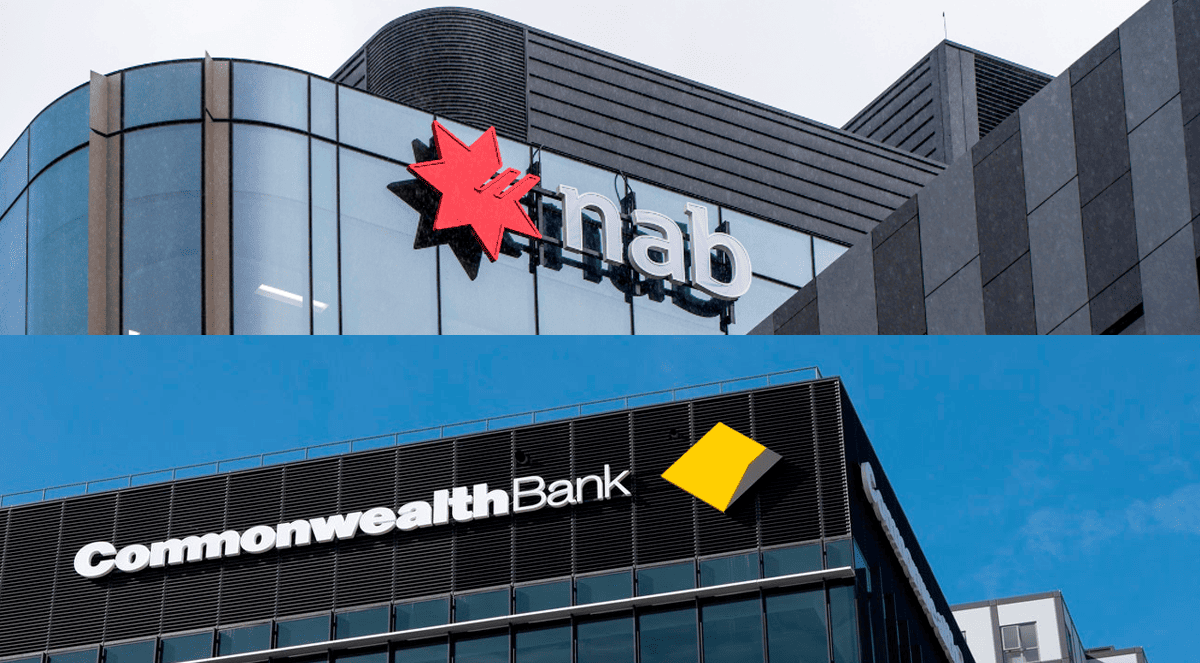
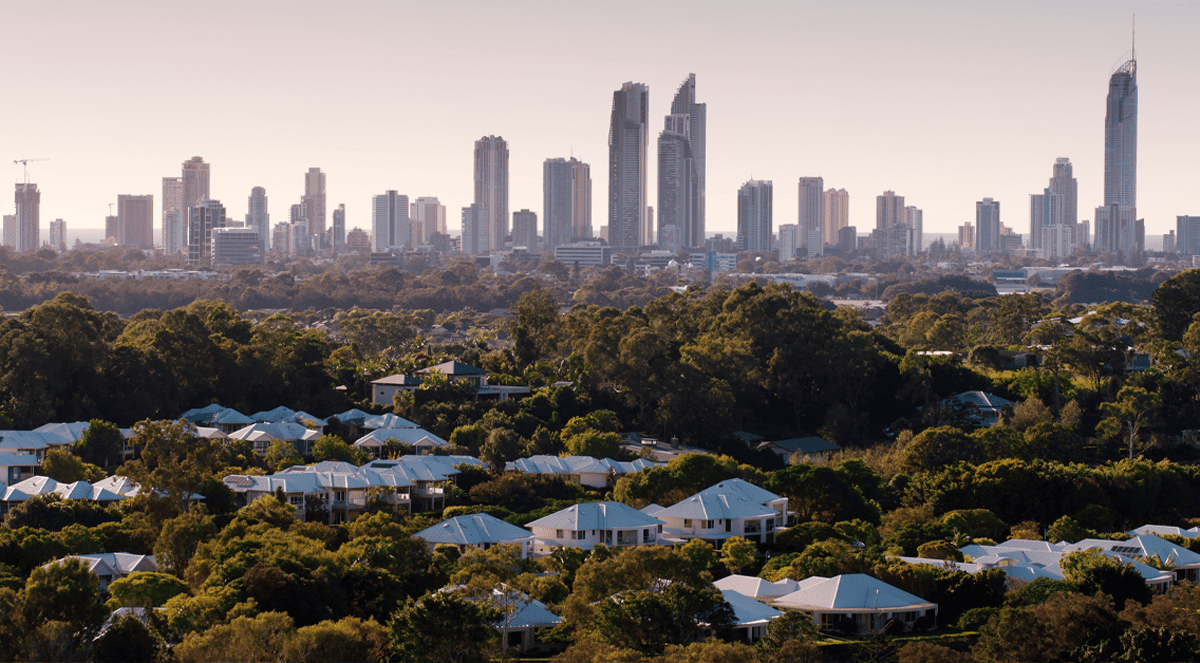
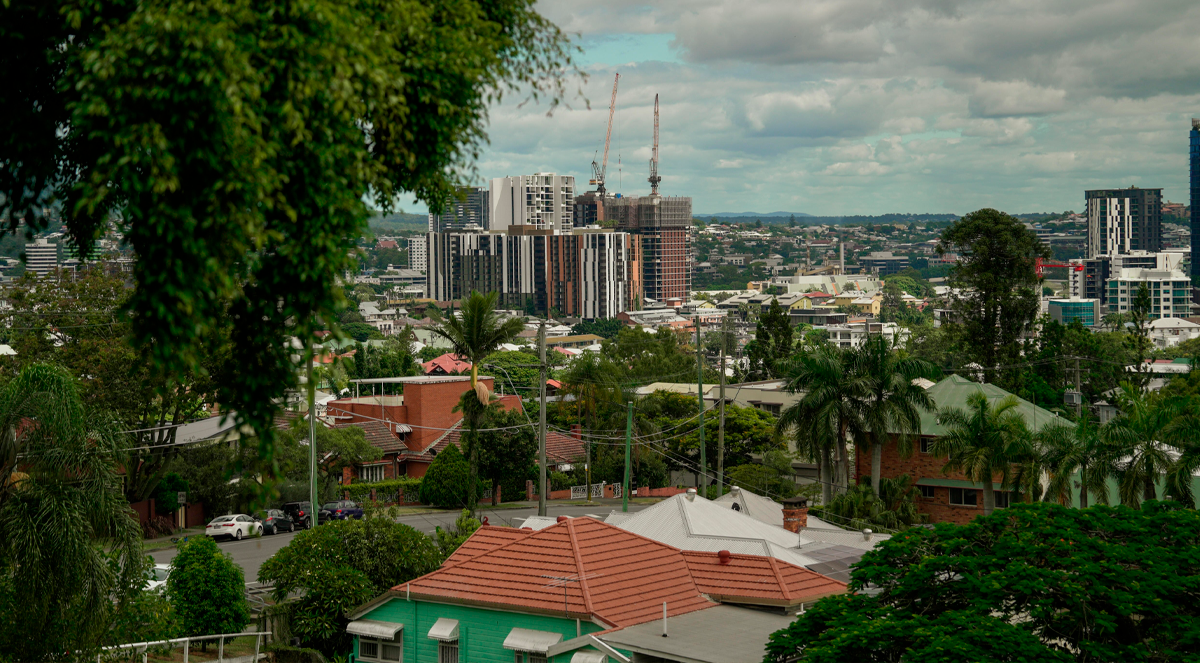
.jpg?width=1920&height=1080&name=Warning%2c%20You%20Might%20Be%20Facing%20Higher%20Taxes%20Soon%20(1).jpg)





.png?width=1920&height=1080&name=Rate%20Drops%20Signal%20BIGGEST%20Property%20Boom%20in%20DECADES%20(1).png)

.jpg?width=1920&height=1080&name=Labor%20vs%20Liberal%20These%20Housing%20Policies%20Could%20Change%20the%20Property%20Market%20Forever%20(1).jpg)
.jpg?width=1920&height=1080&name=QLD%20Slashes%20Stamp%20Duty%20Big%20News%20for%20Investors%20%26%20Home%20Buyers%20(1).jpg)
.jpg?width=1920&height=1080&name=Trump%20Just%20Slapped%20Tariffs%20%E2%80%93%20Here%E2%80%99s%20What%20It%20Means%20for%20Australia%20(1).jpg)
.jpg?width=1920&height=1080&name=Federal%20Budget%202025%20More%20Debt%2c%20No%20Housing%20%E2%80%93%20Here%E2%80%99s%20What%20You%20Need%20to%20Know%20(1).jpg)
.jpg?width=1920&height=1080&name=Australias%20Housing%20Crisis%20is%20about%20to%20get%20MUCH%20Worse%20(New%20Data%20Warns).jpg)
%20(1).jpg?width=1920&height=1080&name=Australias%20RENTAL%20CRISIS%20Hits%20ROCK%20BOTTOM!%20(2025%20Update)%20(1).jpg)
%20(1).png?width=1920&height=1080&name=Is%20Adelaide%20Still%20a%20Good%20Property%20Investment%20(2025%20UPDATE)%20(1).png)
.jpg?width=1920&height=1080&name=RBA%20Shocks%20with%20Rate%20Cuts!%20What%E2%80%99s%20Next%20for%20Property%20Investors%20(1).jpg)
%20(1).jpg?width=1920&height=1080&name=I%20Predict%20The%20Feb%20Rate%20Cut%20(My%20Price%20Growth%20Prediction)%20(1).jpg)
.png?width=1920&height=1080&name=Why%20Property%20Prices%20Will%20Rise%20in%202025%20Market%20Predictions%20(1).png)
.jpg?width=1920&height=1080&name=Why%20Investors%20Are%20Choosing%20Apartments%20Over%20Houses%202%20(1).jpg)
.jpg?width=1920&height=1080&name=Why%20Rate%20Cuts%20Will%20Trigger%20A%20Property%20Boom%20(1).jpg)
.jpg?width=1920&height=1080&name=Retire%20On%202Million%20With%20One%20Property%20(Using%20SMSF).jpg)
.jpg?width=1920&height=1080&name=4%20Reasons%20Why%20You%20Should%20Invest%20in%20Melbourne%20Now%20(1).jpg)
%20(1).jpg?width=1920&height=1080&name=Old%20Property%20vs%20New%20Property%20(Facts%20and%20Figures%20Revealed)%20(1).jpg)
%20(1).jpg?width=1920&height=1080&name=Will%20The%20New%20QLD%20Govt%20Create%20a%20Property%20Boom%20or%20Bust%20(My%20Prediction)%20(1).jpg)
%20Scott%20Kuru%20(1).jpg?width=1920&height=1080&name=Inflation%20Hits%20Three-Year%20Low%20(Will%20RBA%20Cut%20Rates%20Soon)%20Scott%20Kuru%20(1).jpg)
.jpg?width=1920&height=1080&name=How%20to%20Buy%20Investment%20Property%20Through%20SMSF_%20The%20Ultimate%20Guide%20(1).jpg)
.jpg?width=1920&height=1080&name=Victoria%20Slashes%20Stamp%20Duty%20Melbourne%20Set%20to%20Boom%20Scott%20Kuru%20(1).jpg)
.png?width=1571&height=861&name=Are%20Foreign%20Buyers%20Really%20Driving%20Up%20Australian%20Property%20Prices%20(1).png)
.jpg?width=1920&height=1080&name=The%20Single%20Factor%20That%20Predicts%20Property%20Growth%20Regions%20(1).jpg)
%20Scott%20Kuru%20(1).jpg?width=1920&height=1080&name=My%20Prediction%20On%20Rates%20%26%20Negative%20Gearing%20(Market%20Crash)%20Scott%20Kuru%20(1).jpg)

-1.png?width=1920&height=1080&name=Major%20Banks%20Cut%20Rates%20Will%20RBA%20Follow%20Suit%20(Sept%20Rate%20Update)-1.png)
%20Scott%20Kuru-1.png?width=1920&height=1080&name=Rate%20Cut%20Coming%20What%20New%20Zealands%20Move%20Means%20for%20Australia%20(Sept%20Prediction)%20Scott%20Kuru-1.png)
%20(1).jpg?width=1920&height=1080&name=Buy%20when%20the%20interest%20rates%20are%20high!%20(Why%20you%20must%20buy%20now!)%20(1).jpg)
.jpg?width=1920&height=1080&name=Carms_Revised%20Taxes%20Due%20Aug%209%20YT%20Thumbnail02%20(1).jpg)
.jpg?width=1920&height=1080&name=Carms_Too%20Little%20Too%20Late%20Aug%207%20YT%20Thumbnail01%20(1).jpg)









.jpg?width=1920&height=1080&name=Carms_Rate%20Drop%20In%20July%20Jun%2010%20YT%20Thumbnail02%20(1).jpg)
.jpg?width=1920&height=1080&name=Carms_Own%20a%20Property%20V6%20Jun%205_YT%20Thumbnail%20(1).jpg)









.png?width=1920&height=1080&name=Artboard%201%20(3).png)






.jpg?width=1920&height=1080&name=YT%20thumbnail%20%20(1).jpg)

